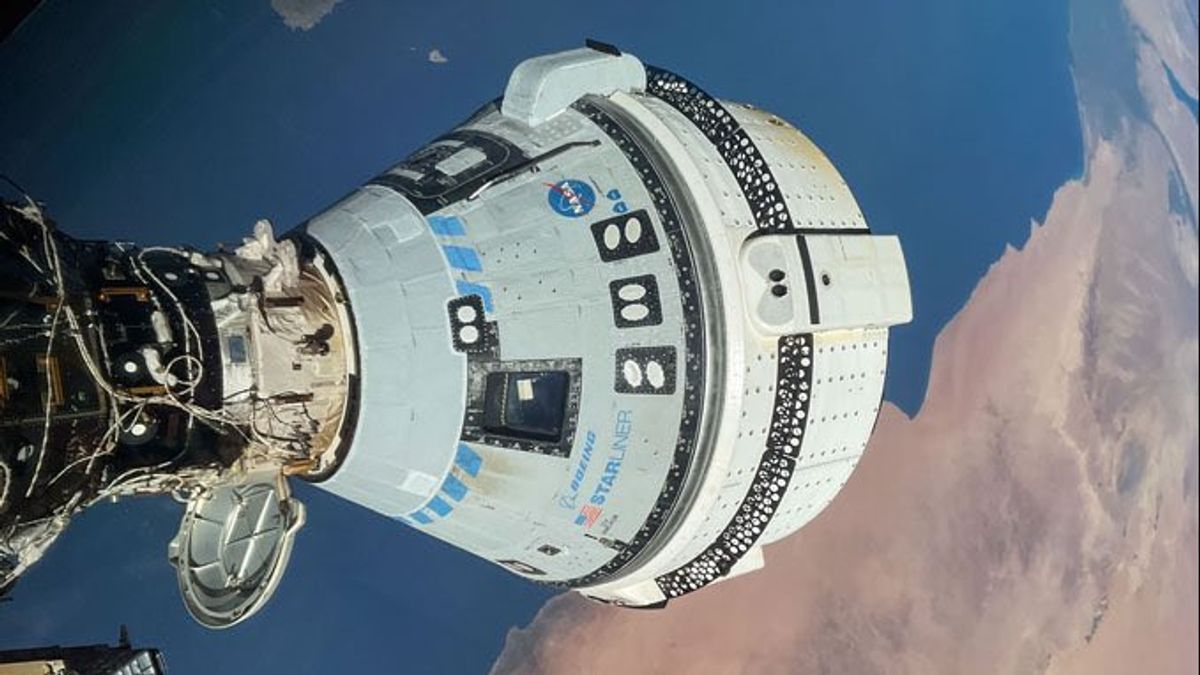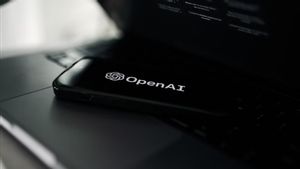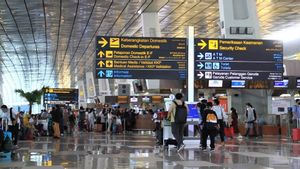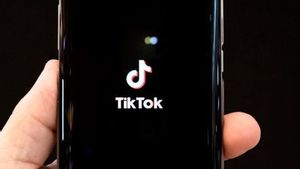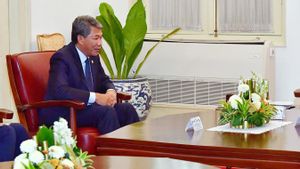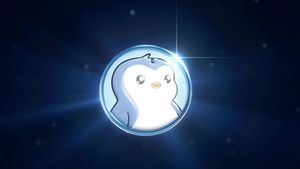JAKARTA - NASA has again postponed the return of the Boeing aircraft, Starliner, from the International Space Station (ISS) with its first crew of astronauts to give it more time to review the technical problems faced. This was announced by the space agency on Friday, June 21.
NASA has yet to set a new date, raising questions about the return time of the two astronauts on Boeing's first manned mission which was originally scheduled for June 26, having previously been postponed from the first potential date on June 14.
"The mission manager is evaluating future return opportunities after the two space activities planned at the station on June 24 and July 2," NASA said in a statement.
United States astronauts, Butch Wilmore and Suni Williams, launched on June 5 as a final demonstration to obtain routine flight certification from NASA.
"We took our time and followed the process of our standard mission management team," said Steve Stich, NASA's commercial crew program manager. "Starliners perform well in orbit as they dock on the space station," he added, citing that the additional time would provide a "harmful insight" into improving the system for future missions.
The spacecraft's manned test, which has been tested to fly into space twice since 2019 without humans on board, has suffered five failures from its 28 maneuver boosters, five helium gas leaks used to suppress the booster, and slow-moving propellant valves signaling unresolved problems in the past.
These problems and additional trials run by NASA and Boeing raise questions about when the Starliner crew will be able to travel back to Earth for about six hours, and add to the wider program's problems.
Boeing has spent $1.5 billion (IDR 24.7 trillion) in additional costs beyond NASA's USD 4.5 billion development contract (IDR 74.1 trillion). NASA wants Starliner to be the second US spacecraft capable of transporting astronauts to the ISS, alongside SpaceX's Crew Dragon, which has been the main vehicle since 2020.
SEE ALSO:
However, the Starliner Boeing program has faced software issues, design, and subcontractor disputes over the years. When Starliner arrived around the space station to dock on June 6, five booster failures prevented close approaches by the spacecraft until Boeing made improvements. Boeing rewritten the software and adjusted several procedures to revive four of them and continued with a presentation.
The process of releasing Starliner from the ISS and returning to Earth is the most complicated phase of this test mission. NASA officials have said they want to better understand the causes of driving failure, valve problems, and helium leaks before Starliner begins its return.
Although only one booster remains dead on Starliner's current flight, Boeing is experiencing four driving problems as long as the capsule returns unmanned from space in 2022. The flight rules set by Boeing and NASA require a Starliner maneuverer to allow "six degrees of freedom of control," at least, and each has one backup driver, NASA spokeswoman said. This means at least 12 of the 28 drivers, most of the reserves, are required for safe flights.
The English, Chinese, Japanese, Arabic, and French versions are automatically generated by the AI. So there may still be inaccuracies in translating, please always see Indonesian as our main language. (system supported by DigitalSiber.id)
